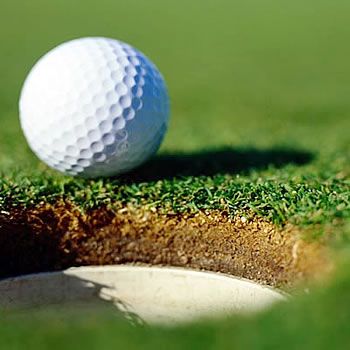In the earliest days of golf, players of the eastern coast of Scotland used to play the game in a casual manner and golf accessories were made of wood. Today there is a rich variety of golf balls to suit the variety in Pakistan.
The first clubs and balls specifically made for golf were fashioned from wood. One documented reference is that of a John Daly playing with a wooden ball in 1550. In 1618 the feather golf ball was introduced. This was a handcrafted golf ball made with goose feathers.
However, the quality of balls in golf varied according to the skill of the craftsman. But these handicraft golf balls proved to be too expensive. Notable makers of golf balls of the 1600s were Andrew Dickson, Leith and Henry Mills, St Andrews.
Then in 1848, guttie ball by Rev Adam were introduced and the spread of the railways directly contributed to the expansion of golf. These golf balls were made from the rubber like sap of the Gutta tree found in the tropics. When heated the rubber could easily be fashioned into a sphere and used as a golf ball.
After 1880, gutties golf balls were produced with patterns on their surface in an attempt to reproduce the distance characteristics of a scored Featherie. In 1890, with Victorian era came industrialisation and mechanisation, and these golf balls were designed in a manner that offered affordability, consistency and quality. In 1898, Coburn Haskell introduced the one-piece rubber cored golf ball which was universally adopted by 1901 after it proved effective in the British and US Opens.
The experimentation continued and one of the reasons why golf collecting became interesting was when William Taylor first applied the dimple pattern to a Haskell ball in 1905, golf balls took on their modern form. In 1921, the R&A and USGA standardised the size and weight of the ball. Since then further constraints have been proposed which are detailed in the rules.
Between 1931 and 1990, both organisations differed on the dimensions of the golf ball which meant that the game played on either side of the Atlantic was similar but different.
Today, there is a rich variety of Pakistani golf balls to suit the individual game and circumstance. Some Pakistani golf balls offer control, some offer distance while others are suitable for practice only. Antique golf balls in Pakistan and around the world are avidly collected and are becoming increasingly valuable.
In the earliest days of golf, players of the eastern coast of Scotland used to play the game in a casual manner and golf accessories were made of wood. Today there is a rich variety of golf balls to suit the variety in Pakistan.



